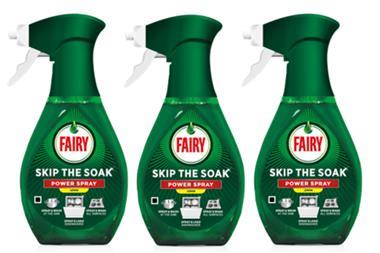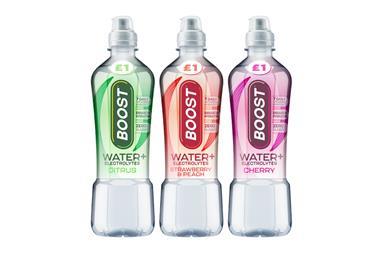Power brokers
By Tracy West2008-09-19T00:00:00
Demand for high-powered batteries continues apace but rechargeables are now making their mark, too
ALREADY HAVE A REGISTERED USER ACCOUNT? PLEASE LOG IN HERE
To read the full story join the ConvenienceStore.co.uk community today!
Registration is quick and easy and provides access to:
- Unlimited ConvenienceStore.co.uk articles
- Our great range of newsletters
- Content you’ve saved for later via the ‘my library’ feature
And much more…
Related articles
-
-

-

-

-

How Covid-19 has affected shopper behaviour – and what it means for your business
This content is provided by Partners for Growth
-

More from Products
Unlimited Access + Newsletters
Register today to gain unlimited access to articles and to receive our great range of email newsletters.

























